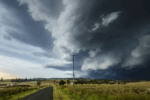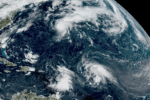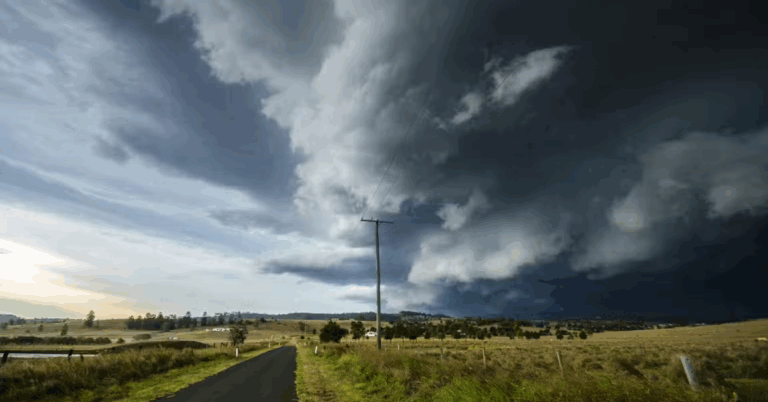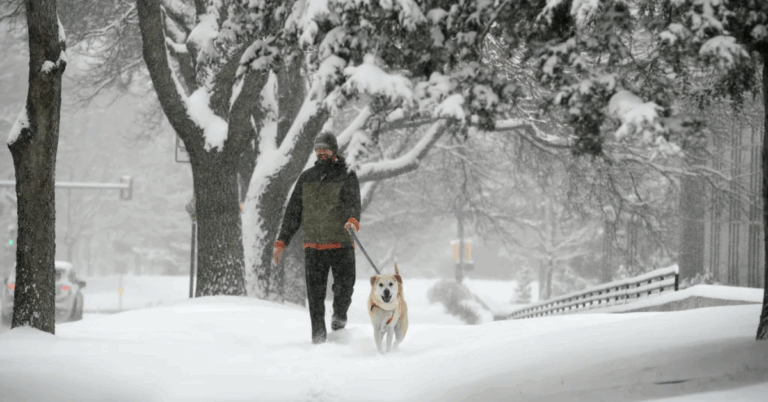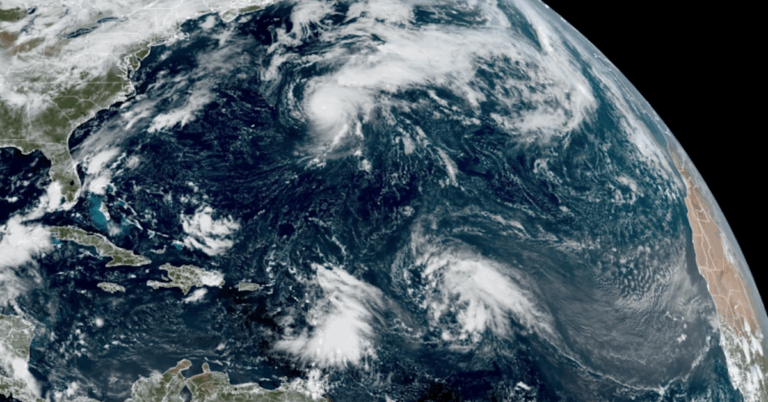
The San Francisco Bay Area might soon experience changes in weather patterns as experts predict a 70% chance of La Niña arriving within weeks. La Niña is a natural climate phenomenon that impacts global weather, often bringing cooler temperatures and increased rainfall to the West Coast of the United States. This shift could mean a wetter and chillier season for many in the Bay Area, especially after recent dry spells.
Understanding La Niña and its effects can help residents prepare for upcoming weather changes. Known for altering ocean and atmospheric conditions in the Pacific, La Niña influences everything from rainfall to temperature trends. For younger audiences and curious readers, this article will explain what to expect and why these changes matter for daily life and outdoor plans in the Bay Area.
What Is La Niña?
La Niña is part of a climate cycle called the El Niño-Southern Oscillation (ENSO). It occurs when ocean surface temperatures in the central and eastern Pacific Ocean become cooler than average. This change affects atmospheric circulation and weather worldwide. For the US West Coast, especially California, La Niña usually brings cooler and wetter weather than usual during fall and winter.
Scientists from the National Oceanic and Atmospheric Administration (NOAA) closely monitor these ocean and atmospheric signals to predict La Niña events. According to their latest forecast, there is a 70% chance that La Niña will develop in the next several weeks, influencing weather patterns in the coming months.
How Will La Niña Affect the SF Bay Area?
The Bay Area residents may notice a drop in temperatures and an increase in rainfall during the upcoming fall and winter seasons. Normally, La Niña leads to above-average rain in Northern California while Southern California might stay drier than usual. This could help ease drought conditions that have affected the region in recent years.
Besides rain and cooler temperatures, La Niña can influence everything from agriculture to water supply. Farmers might find better growing conditions due to the additional moisture, while outdoor events might need some rescheduling due to rainy days. According to the California Department of Water Resources, increased rainfall during La Niña could boost reservoirs and groundwater supplies.
Why Younger Readers Should Care About La Niña
La Niña’s weather effects are important not only for adults but also for younger people. School schedules, outdoor sports, and weekend plans could all change with the arrival of wetter and colder conditions. Knowing what La Niña means helps students and young adults stay safe and prepared.
Moreover, climate events like La Niña are part of larger conversations about climate change and environmental responsibility. Understanding these natural patterns helps younger generations become more aware of our planet’s complex systems and the importance of protecting the environment for the future.
Preparing for La Niña in the Bay Area
Residents can take simple steps to prepare for possible wetter and colder weather. Ensuring home drainage systems are clear, carrying rain gear, and staying updated with local weather forecasts are smart moves. Local news stations and weather apps will provide regular updates as conditions develop.
Community leaders and city officials also plan for La Niña by maintaining infrastructure to handle increased rainfall and alerting citizens about flood risks. Staying informed through trusted sources like the National Weather Service will help everyone stay safe.
Conclusion
The 70% chance of La Niña arriving soon means the SF Bay Area should expect cooler and wetter weather in the coming weeks. This natural climate event brings important changes that can affect daily life, agriculture, and water resources. By understanding La Niña, all residents—especially younger people—can be better prepared and make smart decisions for their health and plans.
Watching reliable sources like NOAA and the California Department of Water Resources will keep everyone informed as this weather pattern unfolds. Staying proactive helps ensure a safe and comfortable season ahead for the entire Bay Area.

